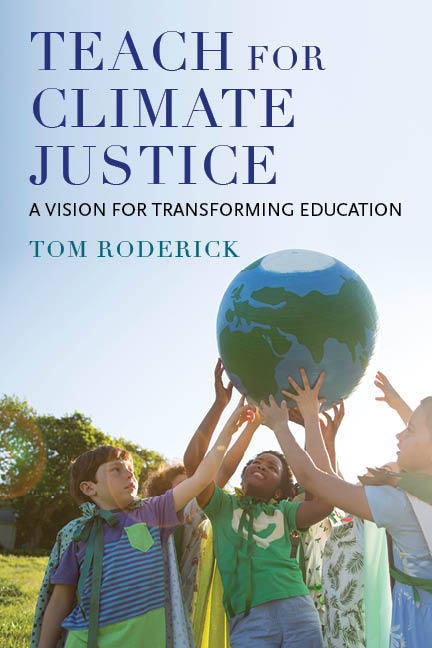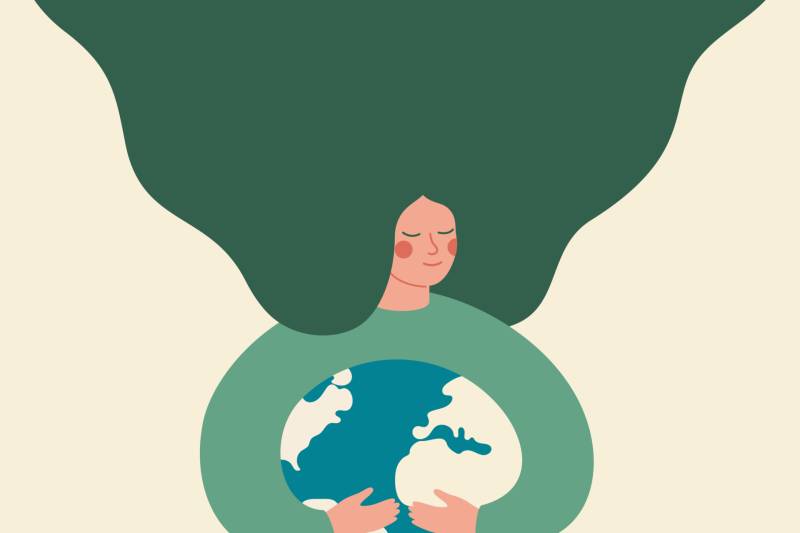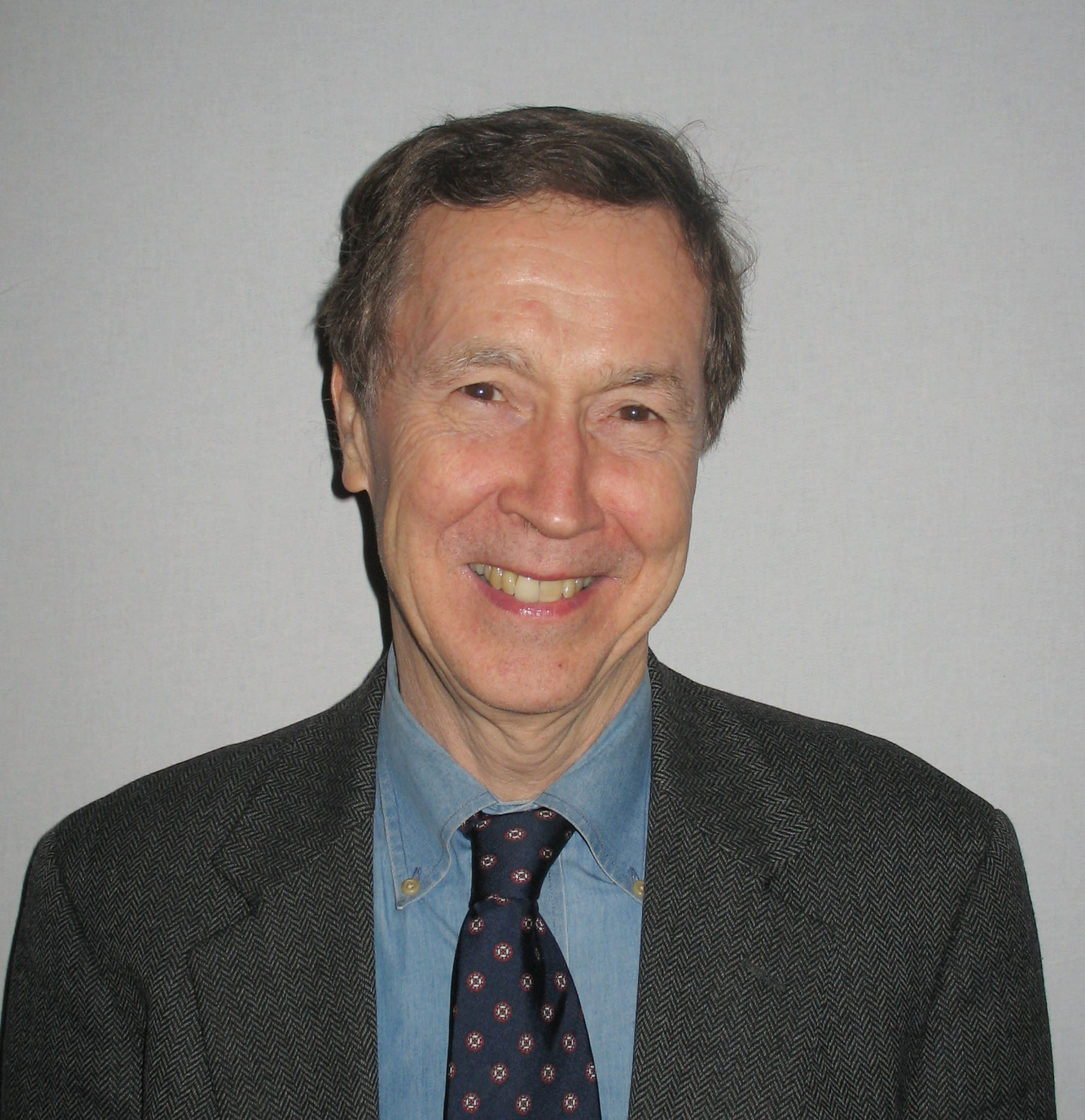Whether we call it SEL, peacemaking, justice-seeking or conflict resolution, this is a body of knowledge, ideas and skills that needs to be learned, practiced and applied in an ongoing process of growth. This is not to imply that students and adults come to SEL as blank slates. From the time we’re born, we’re taking in messages about how to handle feelings, relate to others and deal with conflict. The fields of peacemaking, conflict resolution and SEL seek to assemble and share wisdom and know-how, gleaned over many years from many sources, and share it so that people can use it to build on their strengths and, in some cases, change behaviors and ways of thinking that are not serving themselves or others well.
We foster these values, skills and ways of thinking in our students through instruction in a research-validated curriculum. Best practice in SEL instruction for students can be summed up in the acronym RISE (regular, interactive, skills-based and explicit): regular, because it takes practice to learn these skills; interactive, because to learn how to relate well to others, you have to interact with them; skills-based, because skills are as critical for social and emotional competence as they are for learning to read or play basketball; and explicit, because this work is so important that you need to give it focus by naming it and making it a priority.
Although the skill areas are consistent across the grades from preK to 12, the sophistication of the skills and the situations they address are tailored to the developmental needs and capabilities of the students. Each skill can support us as we navigate the climate crisis and work for climate justice.
Create a vision of the community we hope for
In this skill area, students and teacher reflect on what they value in their relationships with other people and share their hopes for their classroom or circle group: How do I want to be treated? How will I treat others? Together, students and teacher make community agreements. Instead of taking their classroom for granted as a place where the teacher alone lays down the rules, they identify what they hope for and begin to make it a reality, with everyone taking responsibility. This is a first step in enabling students and teacher to create a supportive community and envision together the future they would like to see. It’s an exercise in active hope.
Understand and manage feelings
Students learn that we all have feelings, and they expand their feelings vocabularies. They notice that feelings come and go and learn ways to take charge so that their feelings work for them rather than against them. For example, they learn that they can have feelings without acting on them in the heat of the moment. They can share a feeling with a friend or an adult, write about it in a journal, or shift their attention to something they’re grateful for. They can take deep breaths or take a walk around the block to cool down when angry, enabling them to think more clearly about how to deal with the anger trigger. Teachers find these techniques extremely useful as well. Social activists throughout history have channeled their anger into constructive action for justice. As we cope with the climate crisis, and as we educate and fight for climate justice, we will face plenty of occasions for anger and disappointment. We must also cherish and celebrate moments of triumph and connection. Skills in managing this roller coaster of feelings are critical tools that we need as we and our students offer our gifts of active hope and sustain them for the long haul.
Listen actively
To listen actively is to listen in a way that encourages the other person to talk. Students and teachers learn the importance of body language to send the message that they care about the speaker and are interested in what they have to say. They practice skills in paraphrasing to check their understanding of what the speaker is trying to communicate, in acknowledging and reflecting feelings the speaker is expressing, and in gentle questioning to show interest without prying. They get plenty of practice in their SEL classes as they listen to each other in pair-shares and go-rounds. Good listening is the foundation for building friendships and work relationships, for racial and cultural understanding, and for good leadership. Good listening is especially critical for climate justice because it is key in building the trusting relationships we need in challenging times. For adults, good listening is essential in building supportive relationships with students and in being fully present when students share feelings and concerns.
Be assertive
Students and teachers learn that when they find themselves in a situation that is unfair, annoying, or not meeting their needs, they have several options: they can give in; they can be aggressive (mean); or they can be assertive, which is being strong while acting with respect for the other person. Of course, at times, it’s smartest to give in, and at other times, you may have to be aggressive. The aim is to expand students’ and adults’ assertive options. For instance, students or adults can work in pairs to practice natural assertive messages (saying clearly and firmly what they want). They can practice creating and using “I-feel messages” in conflicts with friends or family members—rather than using “you messages” that judge and blame the other person. This skill enhances one’s comfort and effectiveness in standing up to unfair treatment of oneself and others.
Solve problems creatively and nonviolently
Problem-solving skills can be used to address classroom problems and problems among friends. In Morningside Center’s curricula, students explore the concept of conflict, learning that conflict is part of life. Conflict can lead to violence, but it doesn’t have to, especially if people are skilled in conflict resolution. Students learn about conflict escalation—how to avoid it and how to jump off the escalator if they find themselves on it. They learn to see conflict not as a crisis or a failure but as a problem to be solved. They learn and practice skills in negotiation and mediation. Like the WHEELS students working on their climate justice video, they learn that conflicts can sometimes be solved so that everybody wins. They also learn and practice the ABCDE problem-solving method: Ask, what is the problem? Brainstorm solutions. Choose one. Do it. Evaluate how it works.
Stand up for justice
Students share their cultural backgrounds: What has been great about being who they are? What has been challenging? They learn to identify prejudice, stereotypes, discrimination (defined as action based on prejudice) and oppression (systemic mistreatment of people based on their group identity). They learn the terms for the forms that discrimination and oppression take, including racism, sexism, classism, anti-Semitism, Islamophobia, anti-LGBTQ oppression and adultism. Through role-plays, skits and activities, students and teachers learn and practice assertive strategies to stand up for fair treatment of all people—within their school and in the wide world. The relevance for climate justice is clear. When students reflect on their racial, gender and cultural identities and listen to their classmates share theirs, those concepts are no longer abstract, but rather become concrete and personal. The imperative to identify mistreatment and stand up to it lays the groundwork for understanding how oppression has played out on the global stage in the history, economics and politics of fossil-fuel extraction and burning. These school-based activities across the grades foster the values of understanding, respect and fairness on a personal level and establish an age-appropriate foundation for understanding oppression on societal and global levels in the higher grades.
Supporting teachers to teach these skills lays a foundation for culturally responsive teaching and other antiracist policies and practices and is a critical step in building the “beloved community.” In the training, educators share their cultural backgrounds, acknowledge and explore the realities of discrimination and oppression in our society, and learn strategies to prevent discrimination and oppression from occurring in their classrooms.
Make a difference
Students and teachers learn stories of courageous people who are fighting for justice and the environment or who did so in the past. Students identify the strengths of these people, the challenges they faced or are facing and what they have achieved.
We invite students and teachers to remember times when they made a difference for others in ways large or small. They identify the qualities they have that enabled them to make a difference. They reflect on other positive qualities they would like to develop and get support for developing those qualities. They envision something they hope for their family, their classroom, their school, their neighborhood, or the world, and they identify a concrete step they can take to make that hope a reality.
They also take part in a classroom exercise or project that requires them to cooperate with others to achieve a goal. Reflecting on the experience afterward, they identify skills and behavior that helped or hindered their efforts to work with others to get things done. The climate justice films that WHEELS seniors created are examples of such a project. The students readily acknowledged that to make their films, they had to exercise skills in cooperation, including all of the social and emotional skills discussed thus far.
 and wider community; by sharing the role that listening and negotiation played in their accomplishment, they demonstrated the power of SEL as an essential body of knowledge and skill for climate justice activists.
and wider community; by sharing the role that listening and negotiation played in their accomplishment, they demonstrated the power of SEL as an essential body of knowledge and skill for climate justice activists.


 Tom Roderick is an educator, activist and writer based in New York City. He came to education through the civil rights movement in the 1960s and taught in Harlem and East Harlem for ten years, including seven years as teacher-director of a storefront school led by parents. For 36 years he served as founding executive director of Morningside Center for Teaching Social Responsibility, started in 1982 by educators concerned about the danger of nuclear war. Over the years he led Morningside Center to become a national leader in partnering with schools to implement high-quality, research-based programs in social and emotional learning, restorative practices and racial equity. In May 2018, the Collaborative for Academic, Social, and Emotional Learning (CASEL) awarded Roderick its Mary Utne O’Brien Award for Excellence in Expanding Evidence-Based Practice of Social and Emotional Learning.
Tom Roderick is an educator, activist and writer based in New York City. He came to education through the civil rights movement in the 1960s and taught in Harlem and East Harlem for ten years, including seven years as teacher-director of a storefront school led by parents. For 36 years he served as founding executive director of Morningside Center for Teaching Social Responsibility, started in 1982 by educators concerned about the danger of nuclear war. Over the years he led Morningside Center to become a national leader in partnering with schools to implement high-quality, research-based programs in social and emotional learning, restorative practices and racial equity. In May 2018, the Collaborative for Academic, Social, and Emotional Learning (CASEL) awarded Roderick its Mary Utne O’Brien Award for Excellence in Expanding Evidence-Based Practice of Social and Emotional Learning.